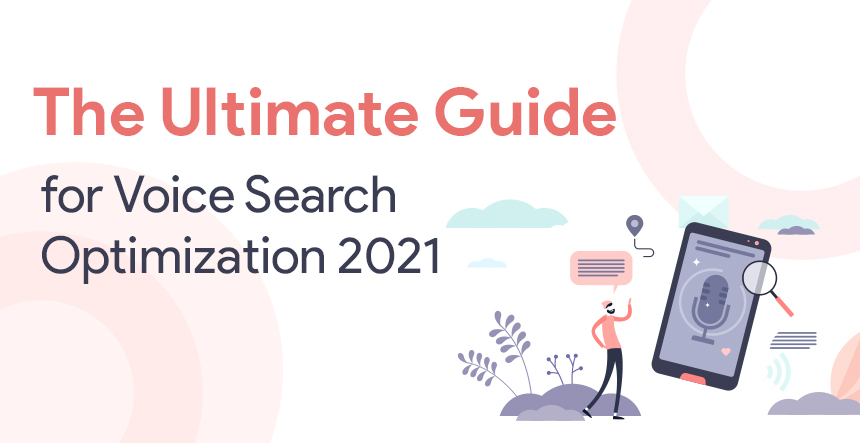Once again with our continuous efforts of getting webmasters aware about latest Google updates, here is another post which provides guidelines to webmasters for improving the quality of their websites. In our last blog “Google Penguin update – White hat Vs. Black hat” we have focused on penguin update released on 24th April, 2012 . Google is continuously trying to filter out web spam to clean up the web world. Panda and penguin are the hardcore proof of the updates which have filtered out all low quality websites which have achieved ranking with over optimization. SEOs and webmasters are incessantly bothered for the Goggle updates in form of Panda updates, penguin updates and may be other updates too.
Matt cut has announced one more change via twitter account about this data refresh of penguin that named as penguin update 1.1. The twit was:
“Minor weather report: We pushed 1st Penguin algo data refresh an hour ago. Affects <0.1% of English searches. Context: goo.gl/4f7Pq”
— Matt Cutts (@mattcutts) May 26, 2012
This was just data refresh rather than the change in penguin algorithm. Matt cut announced that this data refresh affects less than 0.1% of the English search queries. Very few websites have been affected with this data refresh.
SEOs and webmasters are engaged in finding the effects on the website and trying to find out the techniques and solutions to overcome the effects. After continues analysis and research for these updates and implications on the websites, we have evaluated some standard ways to overcome the effects. We would like to share some of the points with you.
Recovery from Penguin
It is recommended to avoid the use of exact anchor text in link building and especially in paid linking. Diversity in anchor text is the option to save your website from penguin effects. Google is little bit strict against paid linking from low quality websites having exact match.
- Links from different IP addresses:
Consider the IP addresses while creating back-links. Don’t go for same IP address. Try to get back links from different IP addresses. Go for Geo specific IP addresses and try to get links from the websites whichare hosted on your targeted Geographical location.
Stay away from creating back links from irrelevant websites. Create links from good and relevant websites. Beware of disputed websites. Frequently check your backlinks to remove these types of links if any. Ensure the website while doing guest posting. Suspected websites may harm your website.
By removing site wide links, unnatural footer links, weird anchors, paid links from low quality websites, hidden links, duplicate content etc. Remove the links from the comments using the exact match anchor text. Make a use of only white hat SEO techniques to protect your website from the hanging sword in form of Panda and Penguin. Most important thing is to make your website focusing on your users. Remove the links generated using any of black-hat tactics on the website in past. Remove bulk links from same domain and links from irrelevant websites.
- Increase visibility of your website:
By more contributing in social websites in your niche community which is a kind assistance towards making your website helpful for users as well as search engines.
Google has also set up a recovery form. If you think you are affected by penguin by mistake you can fill the recovery form and tell Google about it.
We expect to have feedbacks of the implications of latest Google Panda and Penguin from SEO specialists. Looking forward to provide you some more details about it in the next blog.







